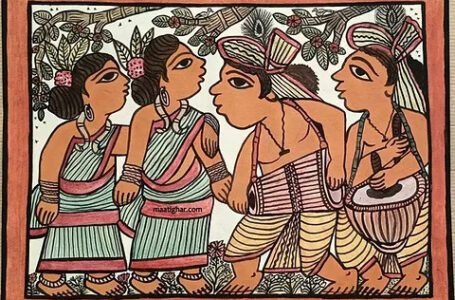Ancient Origins of Tattoos
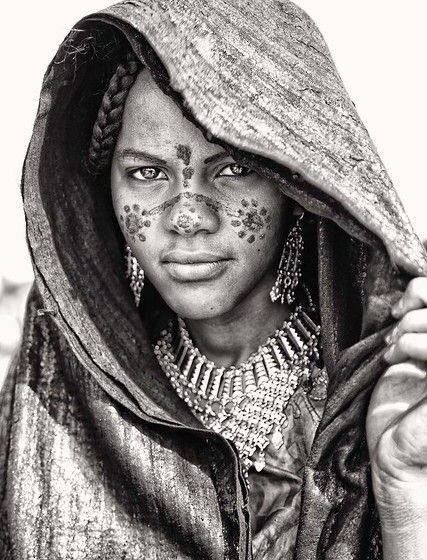
Tattooing is an ancient practice that dates back thousands of years. The earliest evidence of tattooing has been found in various parts of the world, including Egypt, China, Polynesia, and the Americas. Tattooing has been used for a variety of reasons, including as a form of identification, as a symbol of status, as a way to mark significant events, and as a form of spiritual expression. In this blog post, we will explore the earliest evidence of tattooing in these four regions.
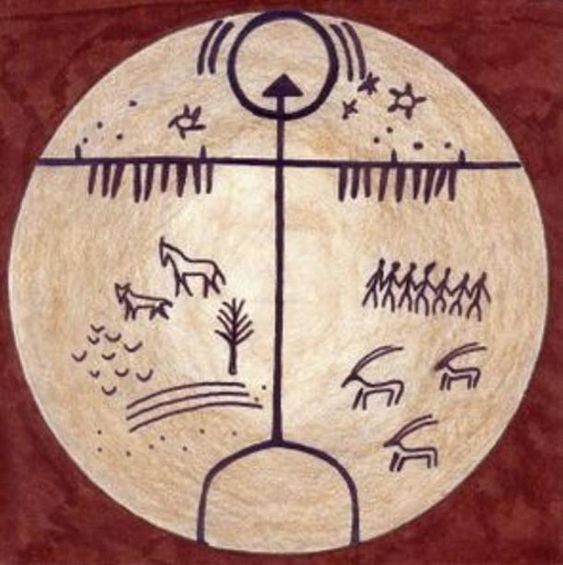
EGYPT
Egypt is home to some of the oldest evidence of tattooing, dating back to the 4th millennium BCE. Tattoos were used as a way to mark slaves and criminals, but they were also used by the elite as a symbol of status. The tattoos were often intricate designs that were placed on the face, arms, and legs. In addition to being a symbol of status, tattoos were also believed to have magical properties and were used as a form of protection.
EARLIEST EVIDENCE OF TATTOOS IN ANCIENT EGYPT
The earliest evidence of tattooing in Egypt comes from a mummy known as ‘Gebelein Man’, which was discovered by British archaeologist Wallis Budge in 1896. The mummy dates back to around 3350 BCE, and it has tattoos on its arms and legs. The tattoos are made up of simple geometric patterns, including dots and dashes, and are located on areas of the body that would have been visible when the person was wearing clothing. This suggests that the tattoos were not just for personal adornment, but may have had some cultural or social significance.
Another example of early Egyptian tattooing comes from the tomb of Amunet, a priestess who lived around 2000 BCE. Her mummified body was discovered in Thebes in the early 20th century, and she has tattoos on her body that resemble cobras and other sacred symbols. These tattoos were likely part of her religious identity and may have been used to protect her in the afterlife.

TECHNIQUES USED FOR TATTOS IN ANCINET EGYPT
The techniques used for tattooing in ancient Egypt are not well understood, but it is believed that the tattoos were made using a needle and ink. The ink may have been made from natural materials such as soot or charcoal, mixed with water to create a paste. The needle would have been made from bone or metal and would have been used to puncture the skin, allowing the ink to be deposited into the dermis layer.
SIGNIFICANCE OF TATTOOS IN ANCIENT EGYPT
The significance of tattooing in ancient Egypt is still a topic of debate among scholars. Some believe that the tattoos had religious or magical significance, while others speculate that they may have been used to signify social status or tribal affiliations. Whatever the reason for tattooing in ancient Egypt, it is clear that the practice has a long and rich history in this ancient civilization.
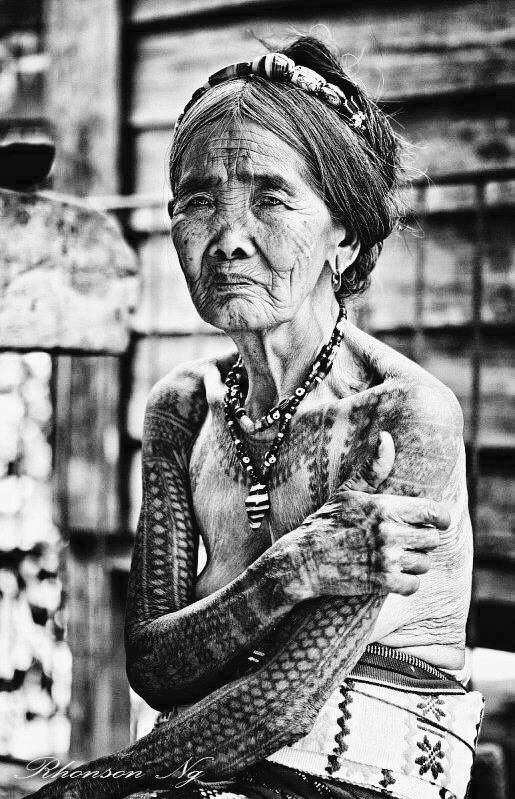
CHINA
Tattooing has a long history in China, dating back to the Han Dynasty (206 BCE – 220 CE). Tattoos were used as a way to mark criminals, but they were also used by the military as a form of identification. Tattoos were also used by women as a way to enhance their beauty. The tattoos were often small designs that were placed on the face, hands, and feet. Tattooing in China declined during the Ming Dynasty (1368 – 1644 CE) due to the influence of Confucianism, which viewed tattoos as a form of barbarism.
JAPAN
In Japan, tattoos were used by the Yakuza, a powerful organized crime syndicate. Members of the Yakuza would have tattoos on their bodies that represented their rank and loyalty to the organization. Tattoos were also used in Japan as a form of protection against evil spirits.
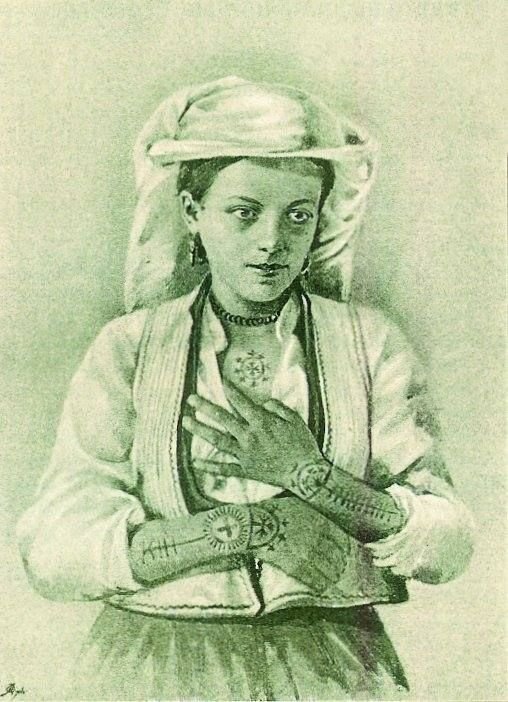
ANCIENT GREECE & ROME
In ancient Greece and Rome, tattoos were used as a way to mark slaves and criminals. It was also common for soldiers to have tattoos that represented their military accomplishments.
POLYNESIA
Tattooing has a rich history in Polynesia, where it is known as tatau. Tattoos were used as a way to mark significant events, such as puberty and marriage, they were also used as a form of spiritual expression and were used to identify members of different tribes. The tattoos were often intricate designs that covered large portions of the body. Tattooing in Polynesia was a painful and dangerous process, as it was done using traditional tools made from bone, shell, and wood. It was a rite of passage for young men and was seen as a way to show their bravery and strength. In some cultures, tattoos were also used as a form of punishment for criminals.
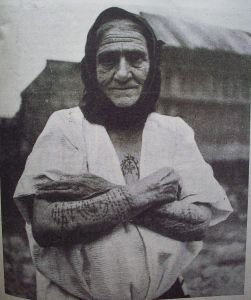
THE AMERICAS
Tattooing has a long history in the Americas, dating back to the pre-Columbian era. Tattoos were used as a way to mark membership in a particular tribe or clan, and they were also used as a form of spiritual expression or of spiritual protection. Tattoos were also used to mark important life events, such as marriages and childbirth. The tattoos were often simple designs that were placed on the face, arms, and legs. Tattooing in the Americas declined with the arrival of Europeans, who viewed tattoos as a form of savagery.
MODERN OUTLOOK
Today, tattoos have become a popular form of self-expression and are no longer limited to specific cultures or social classes. People get tattoos for many different reasons, including to commemorate a loved one, to express their individuality, or simply because they like the way it looks.

CONCLUSION
Tattooing has a long, rich and diverse history in various parts of the world, that spans across cultures and time periods, including Egypt, China, Polynesia, and the Americas. The earliest evidence of tattooing dates back thousands of years and was used for a variety of reasons, including as a form of identification, as a symbol of status, as a way to mark significant events, and as a form of spiritual expression. Today, tattooing has become a popular form of body art and self-expression, but it is important to remember and appreciate its rich cultural history. Tattoos have always been an important part of human history and continue to be a popular form of self-expression today.


